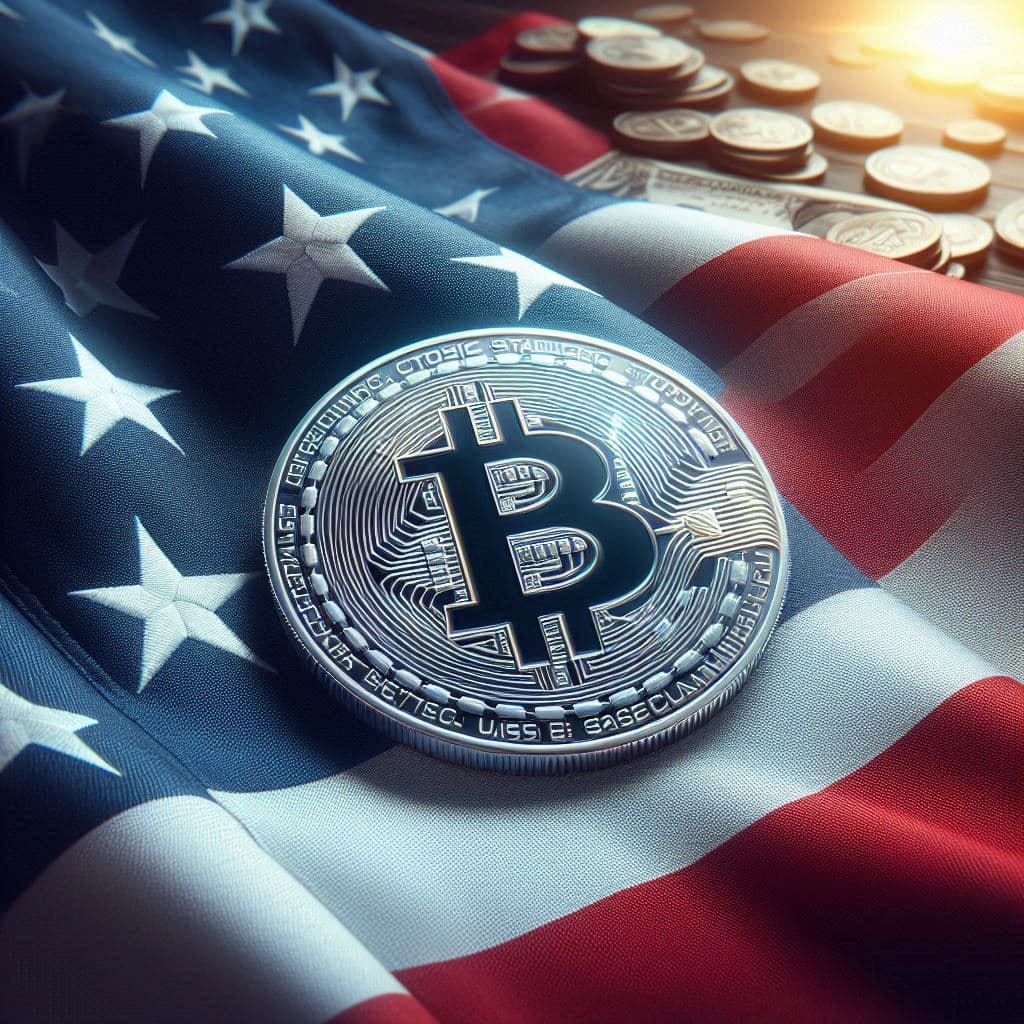Ripple Effect
The Fed Rate Cut Drives Up Long-Term Yields
September 22, 2025 • 1 minute, 39 second read

In September of 2024, the Federal Reserve cut interest rates by 50-points. Long-term yields went up.
The bond market reaction revealed something new to us.
Gone are the days (1999) when a Time headline proclaimed that Alan Greenspan, Robert Rubin and Lawrence Summers could save the markets as part of a Committee to Save the World.
The Fed can only lower the Federal Funds Rate — the rate that determines the annual interest rate on overnight deposits between banks and the central bank.
Unlike the dotcom boom and bust, the Fed and Treasury today have to deal with a higher debt-to-GDP ratio and (farther) out-of-control deficit spending.
Bond investors know the game.
So… it’s no surprise, really, that last year’s trend is on repeat, despite the much-bally-hooed rate cut last week:

Following the Fed’s rate cut last week, bond traders pushed up yields on the 30-year
Treasury from 4.65% to 4.76%. (Source: CNBC)
For now, short-term investors — think money market and savings accounts — will see a drop in their yields.
But… despite Treasury Secretary Scott Bessent’s best efforts to finance the US government’s mounting pile of debt… longer-dated bonds are offering even higher yields.
For savers, there’s an option to grab those high yields while you can.
~ Addison
P.S.While the bond market is continuing to fight the Fed, defensive asset classes are taking off. Gold is well over $3,700 per ounce. Silver has topped $43 and may be on its way to retest its old highs at $48.
Plus, commodities such as uranium are breaking out after consolidating over the summer, and copper remains near highs. There’s still room for the commodity space to run.
This week on Grey Swan Live!, Portfolio Director Andrew Packer and contributor Shad Marquitz will review the latest developments in the commodity space and determine the best commodity plays through the end of 2025 and into 2026.

If you have any questions for us about the market, send them our way now to: feedback@greyswanfraternity.



